
Discovering the Greater Kruger on foot


This walking safari got off to a rollicking start
The previous day I met up with my UK-based Africa Geographic colleague and long-time friend Christian Boix, two safari first-timers and our trail guides Hanri and AD and spent our first night in the mobile camp deep in the Greater Kruger. The husband and wife first-timers had landed in Africa that same day, from Denmark, and this was their first night in Africa! Lions and hyenas calling from the darkness during your first night in Africa…
 Find out about Greater Kruger for your next African safari. We have ready-made safaris to choose from, or ask us to build one just for you.
Find out about Greater Kruger for your next African safari. We have ready-made safaris to choose from, or ask us to build one just for you.
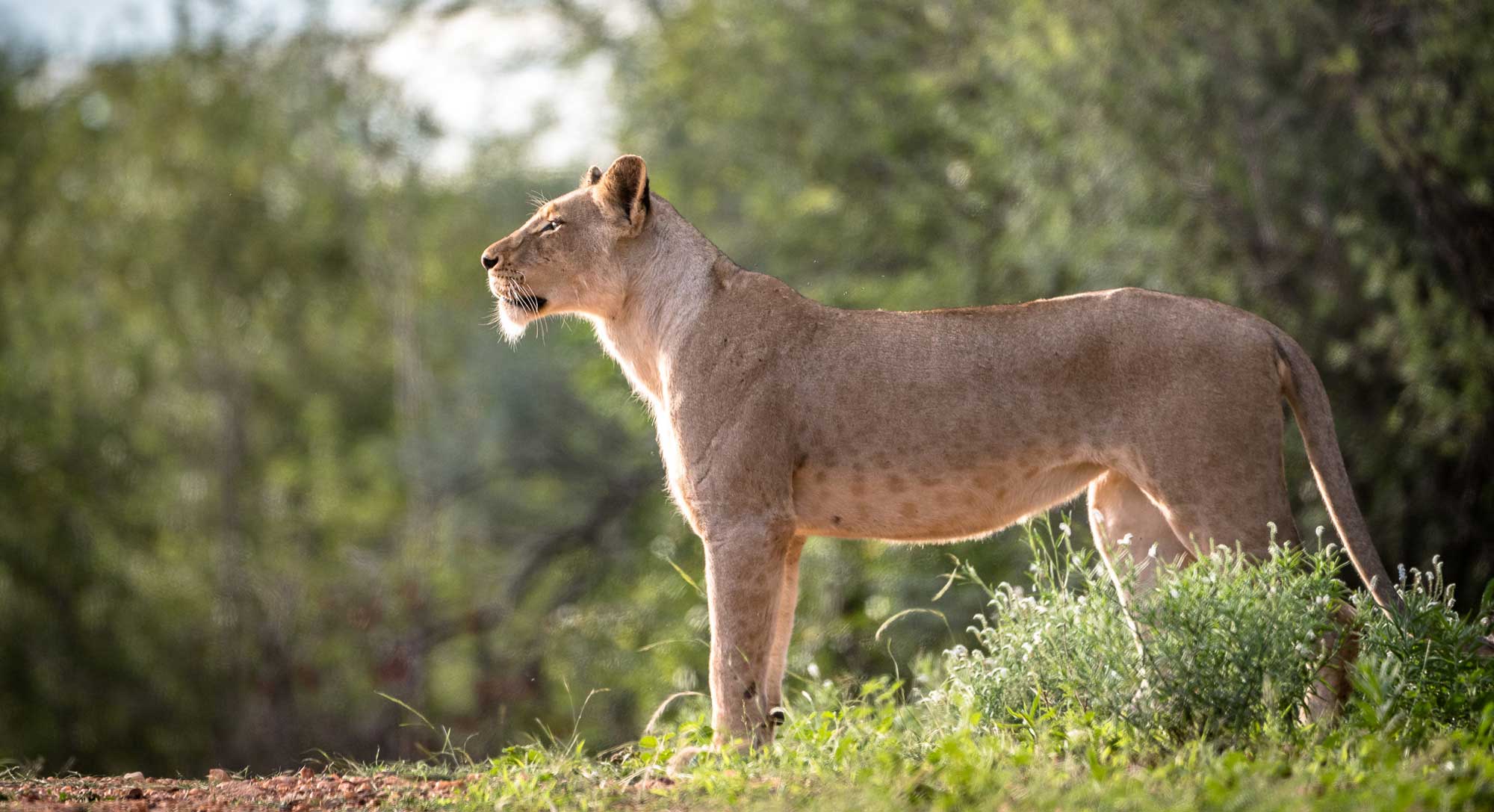
So, next morning we got up with the dawn chorus and enjoyed smoky coffee from the glowing coals and a basic breakfast, learned from Hanri and AD what to expect and how to behave, and headed out. We had not cleared the perimeter of the camp when Hanri ushered us to the base of a large tree, because not far ahead a large bull elephant was sauntering down the track towards us.
The reason for his presence was that a family herd was converging on the area, with several bulls in tow, keen to check out the ladies. We hastily moved onto a low ridge, with our camp for the night behind us and the large gathering of elephants in front and below us, in a drainage line. There was tension in the air because the cows were not happy with being goosed by the big bulls, and they bellowed and ran around with their tails in the air, with the little ones all confused and running in circles. The Danes had enjoyed their first walking safari encounter, and it was a corker!
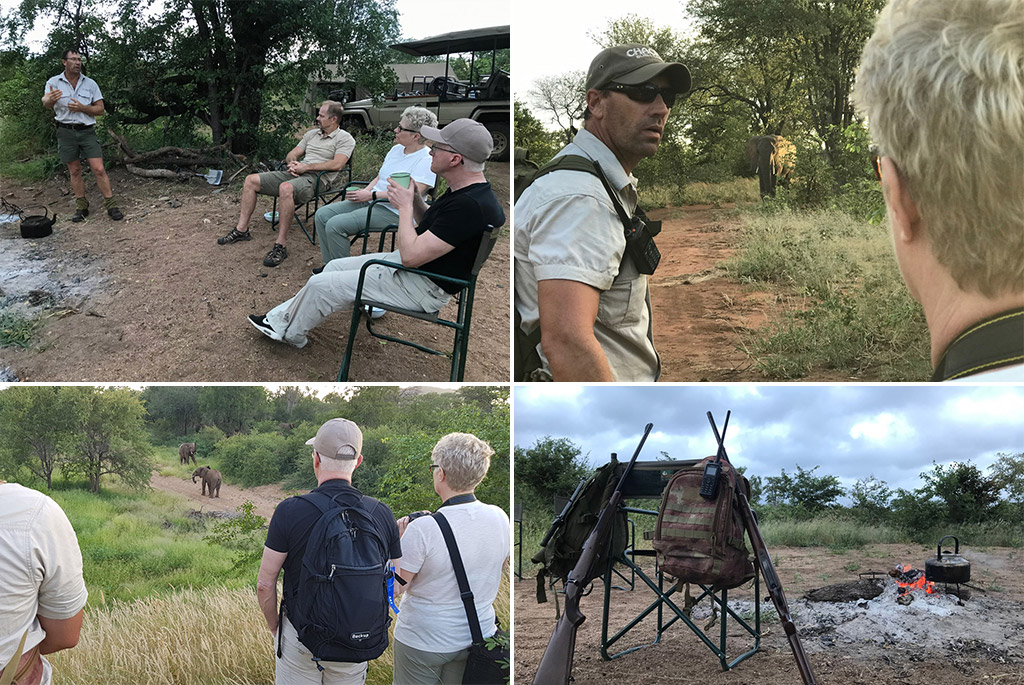
Eventually, we decided to leave the elephants to their socialising and skirted around the herd. The late summer bushveld was thick, and on a few occasions, we encountered bull elephants, inbound for some action. One large bull got our hearts racing when he got all big on us – standing tall, fanning his ears out wide, kicking the ground and glaring down his tusks at us – before veering away and crashing through the dense scrub. Our guides were wide awake, and yet totally relaxed, as they interpreted the elephant’s body language and kept us away from his personal space.

Later that morning we picked up on the tracks of a lioness with tiny cubs. They were following the same dry sandy drainage line as us, and after a while, our guides decided to seek another route – to avoid meeting up with a protective mom. Soon after, we were radioed by a ranger on game drive that they had seen male lions a few kilometres from us, and so we headed that way. We arrived in the area an hour later, and after a bit of searching, AD spotted the telltale signs of a young male lion behind a raisin bush about 50m away.
Just his eyes, flattened ears and mohawk were visible as he checked us out. When he disappeared, we headed after him, at a gentle but accelerated amble – quiet, focused, raised heartbeats. Young male lions are usually safe to follow because they are not confident, and often keep a low profile if there are pride males around. This shy guy kept a safe distance from us, only showing himself now and then as he strolled through the dense bushveld, his progress betrayed by alarm calls from tree squirrels, zebras and impalas.
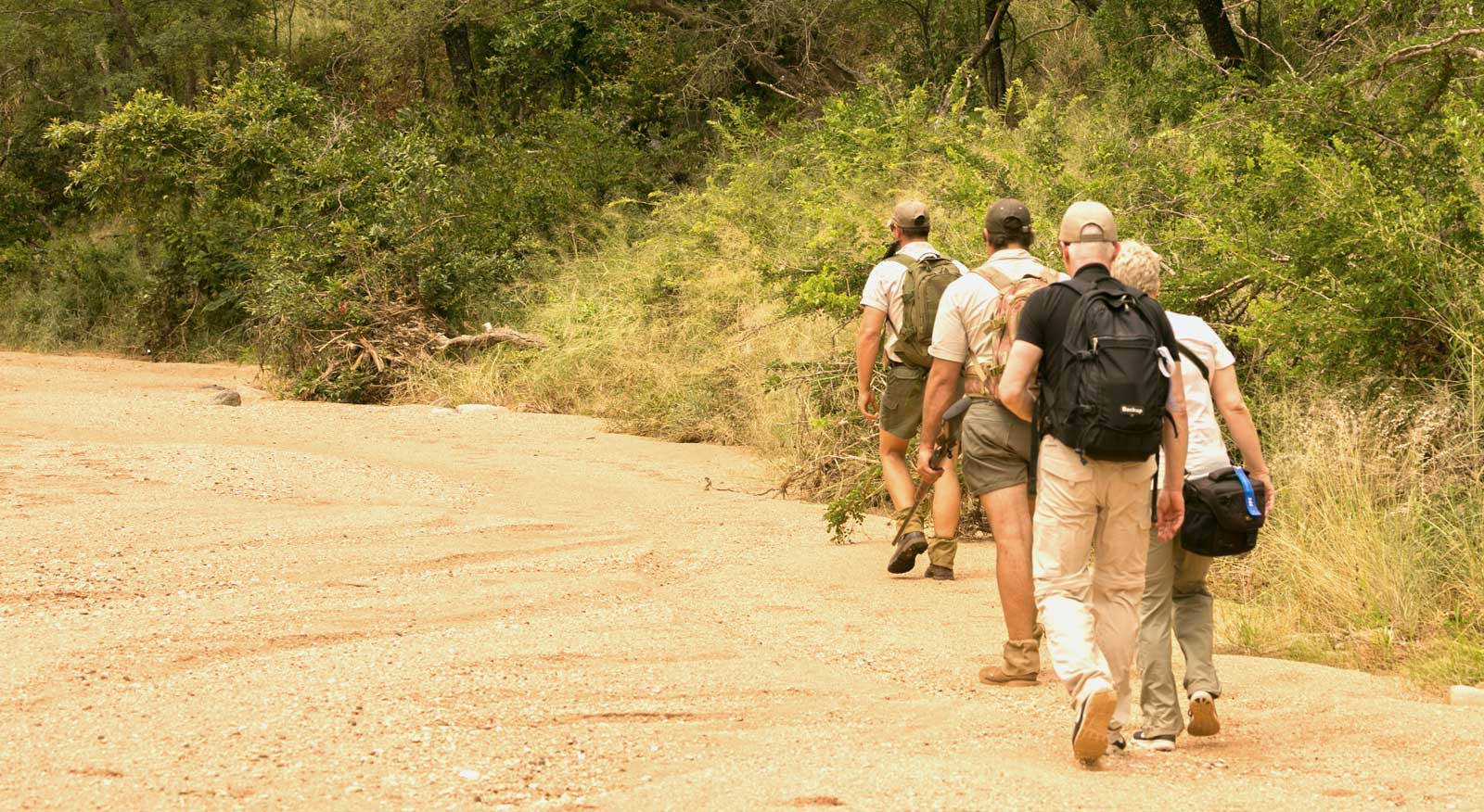
As we traced his journey, we walked through places where we disturbed hordes of multi-coloured butterflies of many species, erupting from beneath our feet and fluttering away. After an hour of tracking, we veered away and walked up a rock kopje to find a delicious late breakfast laid out for us under a huge weeping boer-bean tree. To make breakfast even more enjoyable, it was accompanied by a few drops of rain – not enough to break out the Drizabone, but enough to awaken Earth’s pheromones – that intoxicating bushveld aroma that arrives after rain and stimulates one’s senses to celebrate.

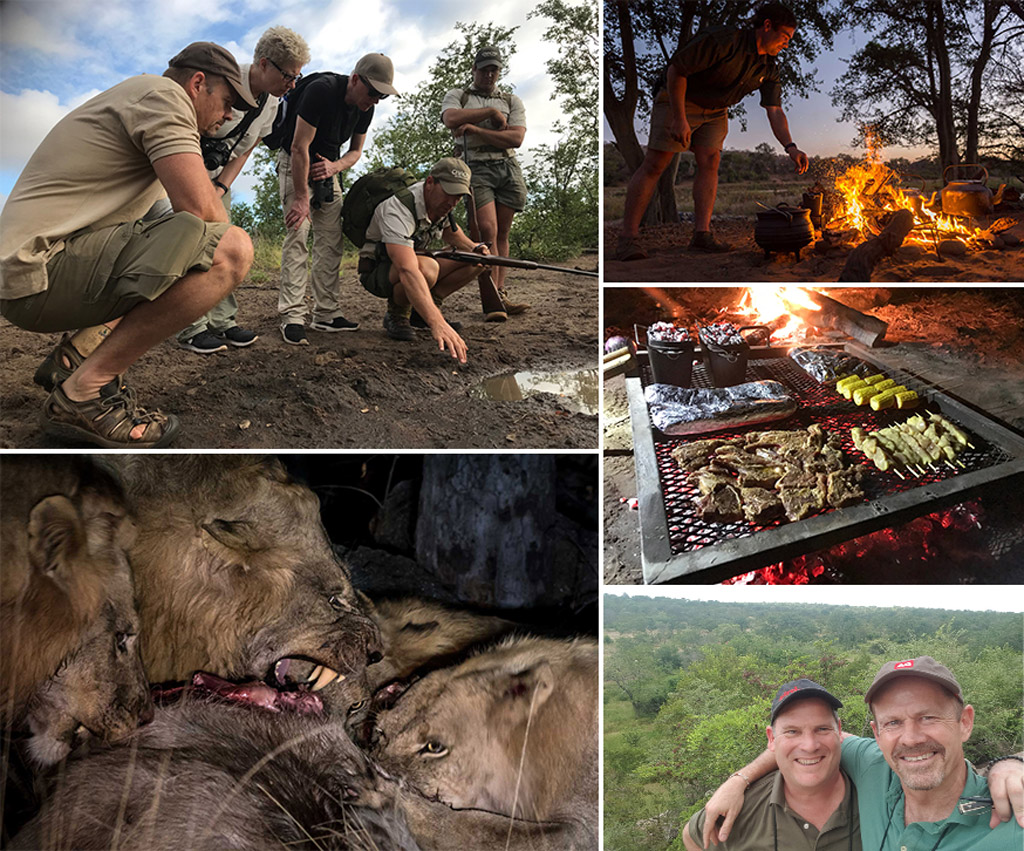
My favourite moment on this walking safari was when we experienced the feathered equivalent of the annual sardine run – that oceanic frenzy of massed sardines and attendant sharks, seabirds and superpods of dolphins gorging themselves. In this instance, there was a massive nesting colony of red-billed queleas, with countless numbers of nests in a sprawling stand of young knobthorn trees. The hubbub and commotion, and the suffocating stink (think dirty petshop), overwhelmed the senses, as countless young quelea hung about in the trees screaming for attention. They were already feathered and out of the flimsy nests, some were flying weakly amongst the trees, and most were whirling clouds above the colony, reminiscent of sardine bait balls.

This was like a candy store for raptors, and we counted many species working the flock overhead, soaring and swooping, but never overcommitting into the dense mass of feathered confusion.
Steppe, martial and lesser spotted eagles, steppe buzzards, Eurasian hobbys and African hawk-eagles were amongst the avian predators taking advantage of nature’s spectacular largesse. We even saw a tawny eagle on the ground – picking up fallen chicks and scoffing them with obvious relish. Jackals, honey badgers, snakes, mongooses and genets would also be at the buffet table, although we did not see them during our time at the colony.
The fierce barbs on the knobthorn trees make for a safe nesting site, but once out of their nests, many young quelea got caught in the vicious hooked thorns as they stumbled around amongst the branches, and perished – again serving as a vital protein source for various creatures.
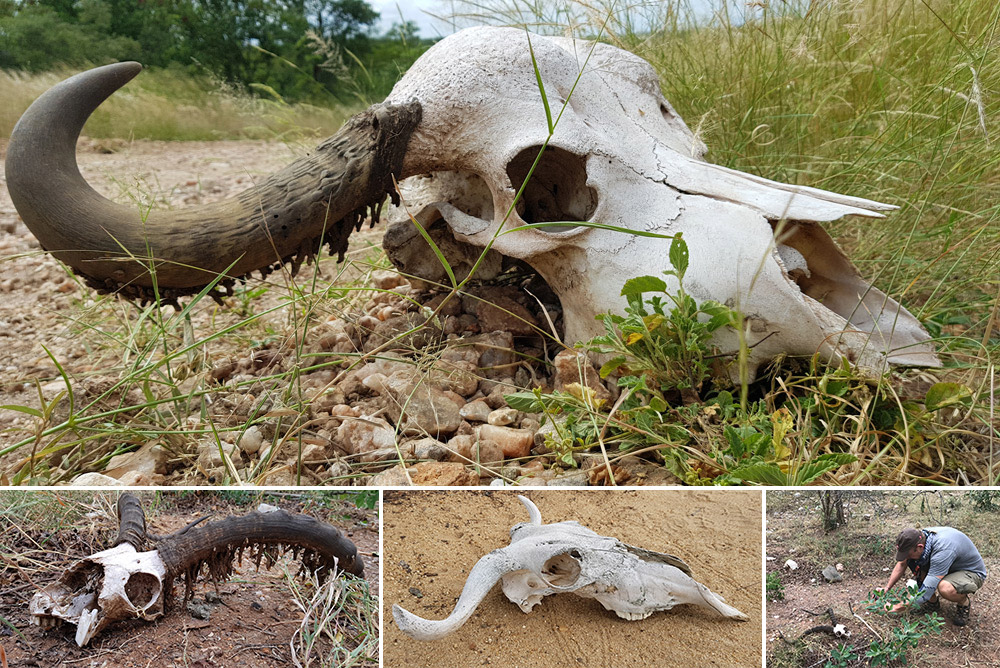
Later that day we came back to the quelea nesting colony in our game drive vehicle, and chilled next to a lioness who was dozing at a nearby waterhole, young quelea swarming around her in their frenzy to drink, some bumping clumsily onto the ground within swatting distance of her. She, however, was a flat-cat, and no 15-gram queleas were going to disturb her slumber. She was later joined by three young males, one of whom was the shy mohawk male we had tracked earlier in the day.

On our last morning, we were enjoying a mug of coffee around the fire, when squadrons of fast-flying quelea jetted overhead, and the reverberating swooshing noise, like waves breaking on a shore, buffeted our eardrums. The passing parade went on for many minutes as they made their way from a roosting site to the seeding grasses that were at last ripe for consumption. A fitting end to a fantastic walking safari in the Greater Kruger.
Who should do a Kruger wilderness walking safari
My advice here is similar to that after my Serengeti Ultimate Walking Safari: These walking safaris are not the brief mid-morning stroll after your game drive, offered by many traditional safari lodges. Instead, the goal is to cover a good amount of ground and to explore the vastness beyond the usual tourist haunts. And so, you should be prepared to spend most of each morning walking, and possibly part of each afternoon. The pace is slow, and the terrain easy, but you should be walking fit.
This is not a route march, so every excuse to stop is taken – from bird-watching to counting how many butterflies species are gathered on that elephant dung ball. You will carry your own water and personal items, but of course, your kit bag and heavier items are left in camp, to be transported to the next camp location. Blisters, ticks and mopane flies are the norm, and you will get hot and uncomfortable at times.

There is a game-drive vehicle based at the camp, and so game drives are possible during walking safaris – but the true essence of walking safaris is to, well, walk. Indeed, Kruger wilderness walking safaris are for those who want more than the traditional lodge and game drive arrangement. That said, a combo of the two is just perfect. Which do I prefer? That is like asking me whether I prefer whisky or chocolate. The answer lies within you…
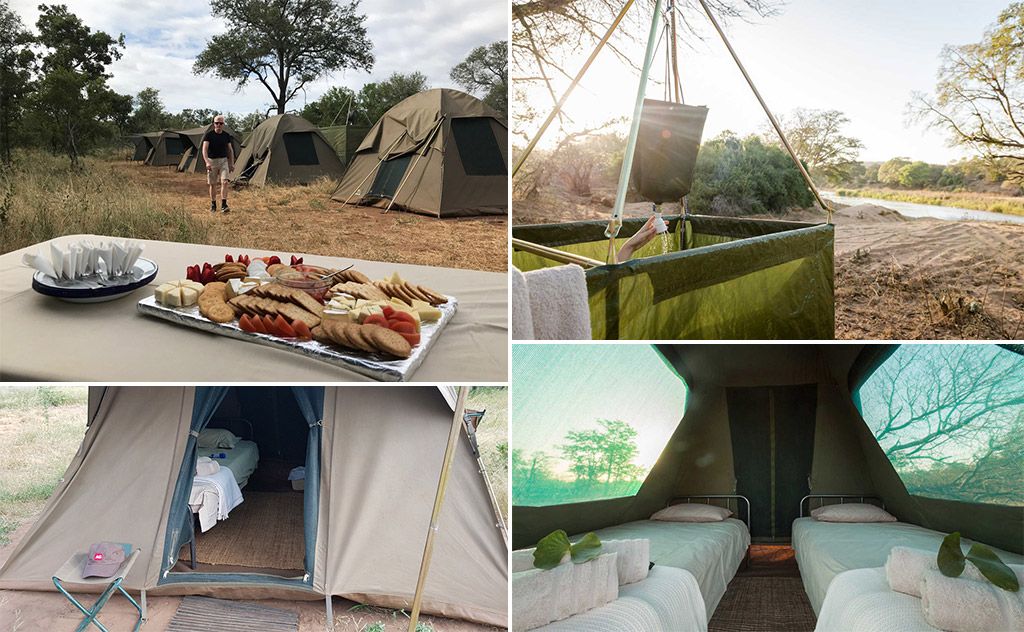
Location
My walking safari took place in the 8,000 ha Maseke Game Reserve portion of the 55,000ha Balule Private Nature Reserve, which in turn is part of the 344,000 ha Greater Kruger, one of Africa’s great conservation success stories. Greater Kruger is a collection of private and indigenous community-owned reserves (each made up of multiple properties, some as small as 20ha) that have removed internal fences and share unfenced borders with the Kruger National Park, thus forming a vital buffer between the national park and the commercial farms and human settlements to the west. The Maseke Game Reserve is owned by the indigenous people of the area – the Maseke tribe – who agreed to incorporate this portion of their land into the Greater Kruger.

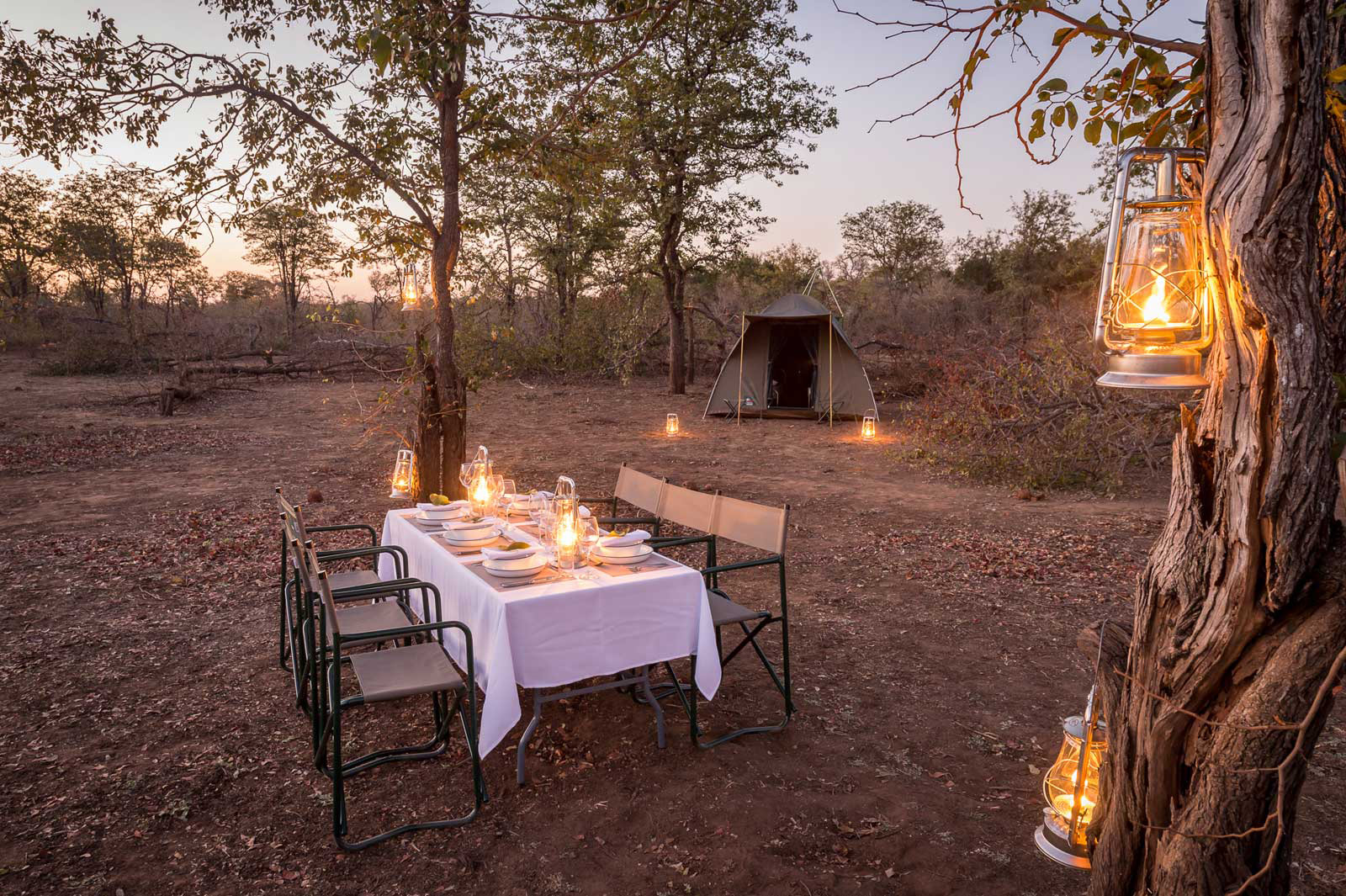
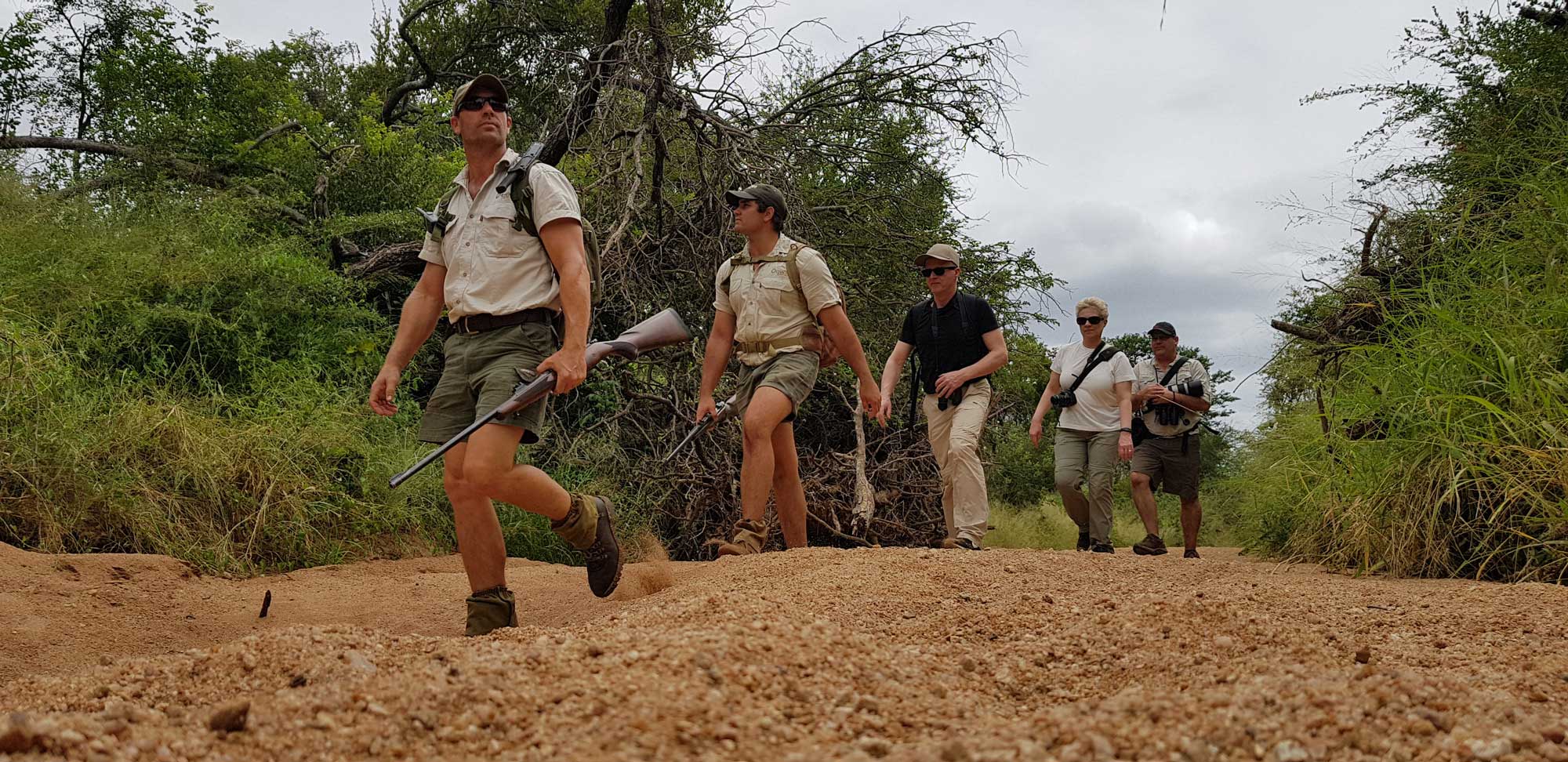
ABOUT THE AUTHOR, SIMON ESPLEY
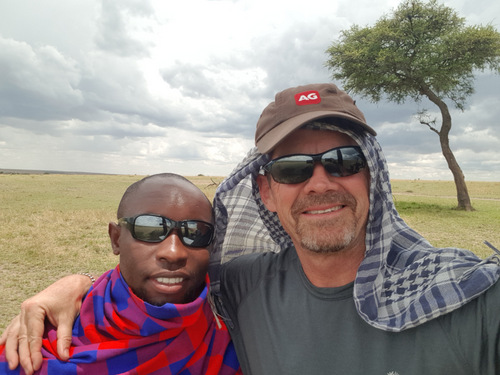
Simon Espley is an African of the digital tribe, a chartered accountant and CEO of Africa Geographic. His travels in Africa are in search of wilderness, real people with interesting stories and elusive birds. He lives in Hoedspruit with his wife Lizz and two Jack Russells, and when not travelling or working, he will be on his mountain bike somewhere out there. His motto is ‘Live for now, have fun, be good, tread lightly and respect others. And embrace change.’
To comment on this story: Login (or sign up) to our app here - it's a troll-free safe place 🙂.![]()






